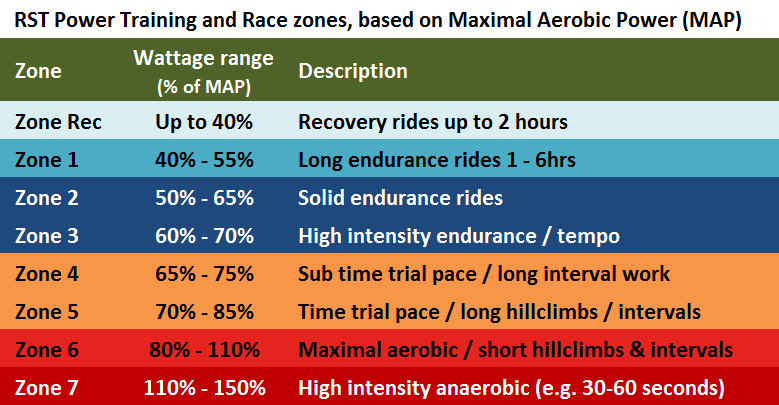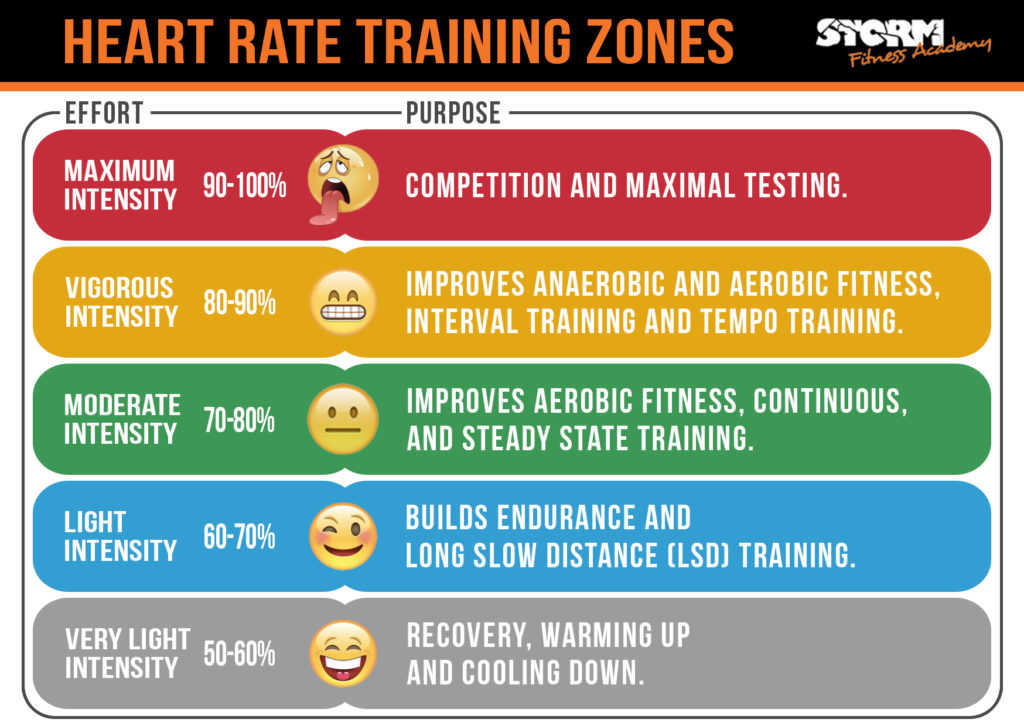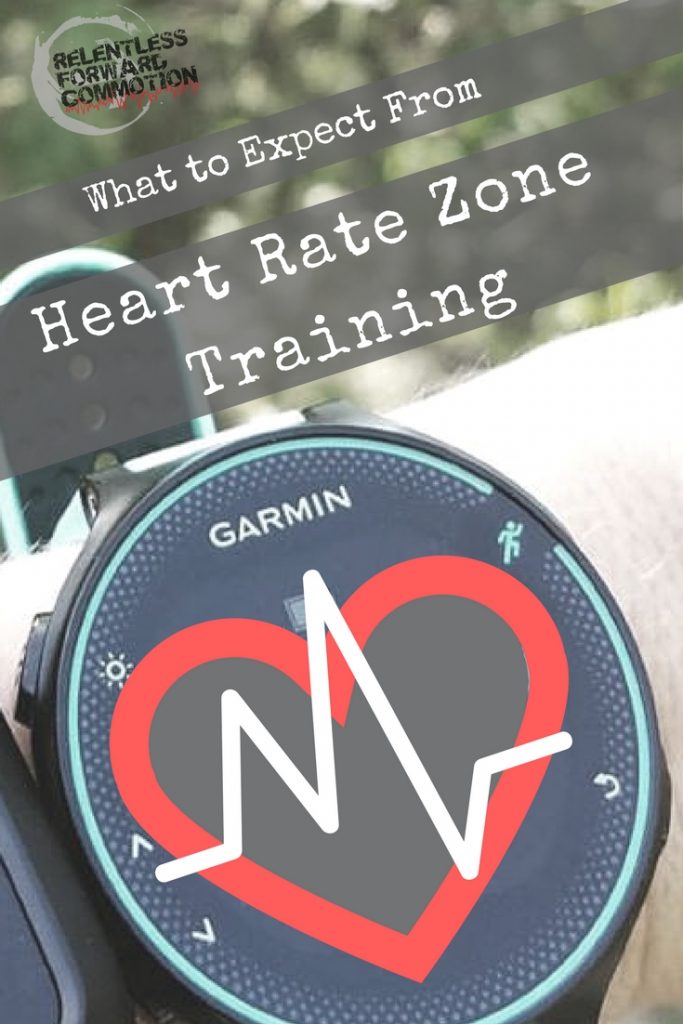The Significance of Heart Rate Zones in Cycling
Understanding bicycle heart rate zones is crucial for effective cycling training. By monitoring heart rate, cyclists can ensure that they are training at the appropriate intensity for their fitness level and goals. This helps to prevent overtraining, which can lead to injury and burnout, as well as undertraining, which can hinder progress and fitness gains. Bicycle heart rate zones are based on individual maximum heart rate (MHR) and resting heart rate (RHR). These zones provide a framework for structuring workouts and tracking progress over time. By training in each zone, cyclists can improve different aspects of their fitness, such as endurance, speed, and power.
Monitoring heart rate during cycling workouts also provides valuable feedback on the effectiveness of the training program. For example, if a cyclist’s heart rate is consistently lower than expected for a given workout, it may indicate that they are overtrained or fatigued. Conversely, if their heart rate is consistently higher than expected, it may indicate that they are undertrained or need to adjust their training program.
In addition to improving fitness and preventing injury, training with heart rate zones can also help cyclists to pace themselves during races and long rides. By monitoring their heart rate, cyclists can ensure that they are not pushing too hard too early in a race, which can lead to fatigue and poor performance later on.
Overall, understanding bicycle heart rate zones is essential for effective cycling training. By monitoring heart rate and training in each zone, cyclists can improve their fitness, prevent injury, and optimize their performance.
How to Determine Your Heart Rate Zones
To determine your bicycle heart rate zones, you will need to calculate your maximum heart rate (MHR) and resting heart rate (RHR). Your MHR is the highest number of times your heart can beat in a minute, while your RHR is the number of times your heart beats at rest. To calculate your MHR, subtract your age from 220. For example, if you are 30 years old, your MHR would be 190 beats per minute (bpm). To calculate your RHR, measure your heart rate immediately after waking up in the morning, while still lying in bed.
Once you have calculated your MHR and RHR, you can use the following formula to determine your heart rate zones:
Zone 1 (Warm-Up): 50-60% of MHR
Zone 2 (Endurance): 60-70% of MHR
Zone 3 (Tempo): 70-80% of MHR
Zone 4 (Threshold): 80-90% of MHR
Zone 5 (VO2 Max): 90-100% of MHR
It is important to note that these zones are based on averages and may vary depending on individual fitness levels. Therefore, it is recommended to adjust the zones based on your own perceived exertion and performance during workouts.
To accurately measure your heart rate during workouts, consider investing in a heart rate monitor. This device can provide real-time feedback on your heart rate and help you stay within your desired zone.
When training in each heart rate zone, it is important to incorporate a variety of workouts to improve overall cycling performance. For example, training in Zone 2 can improve endurance and aerobic capacity, while training in Zone 4 can improve speed and power.
In addition to training in each heart rate zone, it is also important to consider other training factors, such as nutrition, recovery, and cross-training. By taking a holistic approach to cycling training, cyclists can maximize their performance and prevent injury.
The Five Bicycle Heart Rate Zones
Bicycle heart rate zones are a useful tool for structuring workouts and tracking progress in cycling training. These zones are based on individual maximum heart rate (MHR) and resting heart rate (RHR) and are divided into five categories: warm-up, endurance, tempo, threshold, and VO2 max.
Warm-Up Zone (50-60% of MHR): This zone is used for warming up before workouts and races. It helps to increase blood flow, raise body temperature, and prepare the body for exercise.
Endurance Zone (60-70% of MHR): This zone is used for building aerobic capacity and endurance. Training in this zone can improve cardiovascular fitness, increase fat burning, and enhance overall cycling performance.
Tempo Zone (70-80% of MHR): This zone is used for developing speed and power. Training in this zone can improve lactate threshold, increase anaerobic capacity, and enhance overall cycling performance.
Threshold Zone (80-90% of MHR): This zone is used for pushing the limits of aerobic and anaerobic fitness. Training in this zone can improve lactate tolerance, increase anaerobic capacity, and enhance overall cycling performance.
VO2 Max Zone (90-100% of MHR): This zone is used for improving maximum oxygen uptake and overall fitness. Training in this zone can increase speed, power, and endurance, as well as enhance overall cycling performance.
It is important to note that these zones are based on averages and may vary depending on individual fitness levels. Therefore, it is recommended to adjust the zones based on your own perceived exertion and performance during workouts.
When training in each heart rate zone, it is important to incorporate a variety of workouts to improve overall cycling performance. For example, training in the endurance zone can improve aerobic capacity and cardiovascular fitness, while training in the threshold zone can improve lactate tolerance and anaerobic capacity.
Incorporating a mix of workouts in each heart rate zone can help to improve overall cycling performance and prevent plateaus in training. By understanding bicycle heart rate zones and how to train in each zone, cyclists can optimize their training and reach their fitness goals.
Training in Each Heart Rate Zone
Understanding bicycle heart rate zones is crucial for effective cycling training. By training in each zone, cyclists can improve different aspects of their fitness and overall performance. Here are some examples of workouts for each heart rate zone:
Warm-Up Zone (50-60% of MHR): Start with a 10-15 minute warm-up at a comfortable pace to increase blood flow and prepare the body for exercise.
Endurance Zone (60-70% of MHR): Incorporate long, steady rides at a moderate intensity to build aerobic capacity and endurance. Aim for 1.5-2 hour rides at a steady pace.
Tempo Zone (70-80% of MHR): Incorporate interval training with bursts of speed followed by periods of recovery. For example, ride at a moderate pace for 5 minutes, then increase to a challenging pace for 1 minute, and repeat.
Threshold Zone (80-90% of MHR): Incorporate hill climbs or high-intensity interval training to push the limits of aerobic and anaerobic fitness. For example, ride at a challenging pace uphill for 5 minutes, then recover at a moderate pace for 5 minutes, and repeat.
VO2 Max Zone (90-100% of MHR): Incorporate short, high-intensity intervals to improve maximum oxygen uptake and overall fitness. For example, sprint at maximum effort for 30 seconds, then recover at a moderate pace for 1-2 minutes, and repeat.
It is important to note that these workouts are just examples and can be adjusted based on individual fitness levels and goals. It is also important to incorporate a variety of workouts to improve overall cycling performance and prevent plateaus in training.
When training in each heart rate zone, it is important to listen to the body and adjust the intensity based on perceived exertion. If training feels too easy or too hard, adjust the intensity to stay within the desired heart rate zone.
By incorporating a variety of workouts in each heart rate zone, cyclists can optimize their training and reach their fitness goals. It is also important to consider other training factors, such as nutrition, recovery, and cross-training, to maximize the benefits of heart rate zone training.
Heart Rate Zone Training vs. Power Training
When it comes to cycling training, there are two popular methods: heart rate zone training and power training. Both methods have their advantages and disadvantages, and many cyclists find that using a combination of both is the most effective approach. Heart rate zone training involves monitoring heart rate during workouts and adjusting intensity based on individual heart rate zones. This method is effective for improving cardiovascular fitness, endurance, and overall cycling performance. However, heart rate can be affected by factors such as hydration, temperature, and fatigue, which can make it difficult to accurately measure intensity.
Power training, on the other hand, involves monitoring power output during workouts and adjusting intensity based on wattage. This method is effective for improving speed, strength, and overall cycling performance. However, power meters can be expensive and may not be accessible to all cyclists.
When comparing heart rate zone training and power training, it is important to consider individual fitness goals and preferences. Heart rate zone training may be more suitable for cyclists who are focused on endurance and cardiovascular fitness, while power training may be more suitable for cyclists who are focused on speed and strength.
However, using a combination of both methods can provide the benefits of both approaches. For example, cyclists can use heart rate zone training to monitor cardiovascular fitness and endurance, while also using power training to monitor speed and strength.
When using heart rate zone training and power training together, it is important to ensure that the intensity is adjusted appropriately based on both heart rate and power output. This can help to optimize training and prevent overtraining or undertraining.
In conclusion, both heart rate zone training and power training have their advantages and disadvantages. By understanding the benefits and limitations of both methods, cyclists can use a combination of both to optimize their training and reach their fitness goals.
Common Mistakes to Avoid in Heart Rate Zone Training
While heart rate zone training can be an effective method for improving cycling performance, there are common mistakes that cyclists should avoid to maximize the benefits of this training method. Here are some common mistakes to avoid in heart rate zone training:
Overtraining: Overtraining can lead to injury, burnout, and decreased performance. It is important to listen to the body and adjust training intensity and volume based on individual fitness levels and goals.
Undertraining: Undertraining can lead to decreased fitness and performance. It is important to challenge the body and incorporate a variety of workouts to improve overall cycling performance.
Ignoring other training factors: Heart rate zone training is just one aspect of cycling training. It is important to consider other training factors, such as nutrition, recovery, and cross-training, to maximize the benefits of heart rate zone training.
Inaccurate heart rate measurement: Accurately measuring heart rate is crucial for effective heart rate zone training. It is important to use a reliable heart rate monitor and ensure that it is properly calibrated.
Not adjusting zones based on individual fitness levels: Heart rate zones are based on individual maximum heart rate and resting heart rate. It is important to adjust zones based on individual fitness levels and goals to ensure that the intensity is appropriate.
Neglecting recovery: Recovery is just as important as training in heart rate zone training. It is important to incorporate rest days and active recovery days to prevent overtraining and promote overall fitness and performance.
Following a one-size-fits-all approach: Heart rate zone training should be individualized based on fitness level and goals. Following a one-size-fits-all approach can lead to ineffective training and decreased performance.
In conclusion, avoiding common mistakes in heart rate zone training can help cyclists to maximize the benefits of this training method and improve overall cycling performance. By listening to the body, accurately measuring heart rate, adjusting zones based on individual fitness levels, and considering other training factors, cyclists can optimize their training and reach their fitness goals.
Real-World Examples of Heart Rate Zone Training
Understanding bicycle heart rate zones is one thing, but seeing how they can be applied in real-world training scenarios is another. Here are some real-world examples of successful heart rate zone training programs for cyclists:
The 8-Week Heart Rate Zone Training Program: This program, developed by certified cycling coach Joe Friel, involves training in each heart rate zone for a specific duration and frequency over an 8-week period. The program includes a mix of endurance rides, interval training, and recovery rides to improve overall cycling fitness.
The 12-Week Heart Rate Zone Training Program: This program, developed by certified personal trainer and cycling coach Robbie Ventura, involves training in each heart rate zone for a specific duration and frequency over a 12-week period. The program includes a mix of endurance rides, hill climbs, and high-intensity interval training to improve overall cycling performance.
The Personalized Heart Rate Zone Training Program: This program, developed by certified cycling coach Hunter Allen, involves creating a personalized heart rate zone training program based on individual fitness level and goals. The program includes a mix of endurance rides, threshold workouts, and recovery rides to improve overall cycling fitness and performance.
Real-world examples of successful heart rate zone training programs for cyclists demonstrate the importance of individualizing training programs based on fitness level and goals. By incorporating a variety of workouts in each heart rate zone, cyclists can improve overall cycling performance and prevent plateaus in training.
Tips from professional cyclists, such as 7-time Tour de France stage winner George Hincapie, emphasize the importance of consistency and patience in heart rate zone training. Hincapie recommends setting realistic goals, tracking progress, and adjusting training intensity and volume based on individual fitness levels and goals.
In conclusion, real-world examples of successful heart rate zone training programs for cyclists provide valuable insights into how this training method can be applied in practical scenarios. By individualizing training programs based on fitness level and goals, cyclists can optimize their training and reach their fitness goals.
The Future of Heart Rate Zone Training in Cycling
As technology continues to advance, so do the methods and techniques used in cycling training. Heart rate zone training has been a popular method for improving cycling performance for many years, but new technologies and trends are emerging in this field. Here are some ways that cyclists can stay up-to-date with the latest research and training techniques to improve their performance:
Wearable Technology: Wearable technology, such as heart rate monitors and GPS devices, can provide real-time data and feedback during workouts. This technology can help cyclists to accurately measure heart rate, track progress, and adjust training intensity and volume based on individual fitness levels.
Virtual Training Platforms: Virtual training platforms, such as Zwift and TrainerRoad, offer immersive and interactive cycling experiences. These platforms allow cyclists to train in a virtual environment, compete against other cyclists, and follow structured training plans based on heart rate zones.
Personalized Training Programs: Personalized training programs, such as those offered by certified cycling coaches and training platforms, can provide customized and individualized training plans based on fitness level and goals. These programs can help cyclists to optimize their training and reach their fitness goals.
Research and Development: Research and development in the field of sports science and technology is ongoing. Staying up-to-date with the latest research and training techniques can help cyclists to improve their performance and stay ahead of the competition.
In conclusion, the future of heart rate zone training in cycling is promising, with new technologies and trends emerging in this field. By staying up-to-date with the latest research and training techniques, cyclists can optimize their training and reach their fitness goals. Whether through wearable technology, virtual training platforms, personalized training programs, or research and development, there are many ways to stay ahead of the curve in heart rate zone training.









